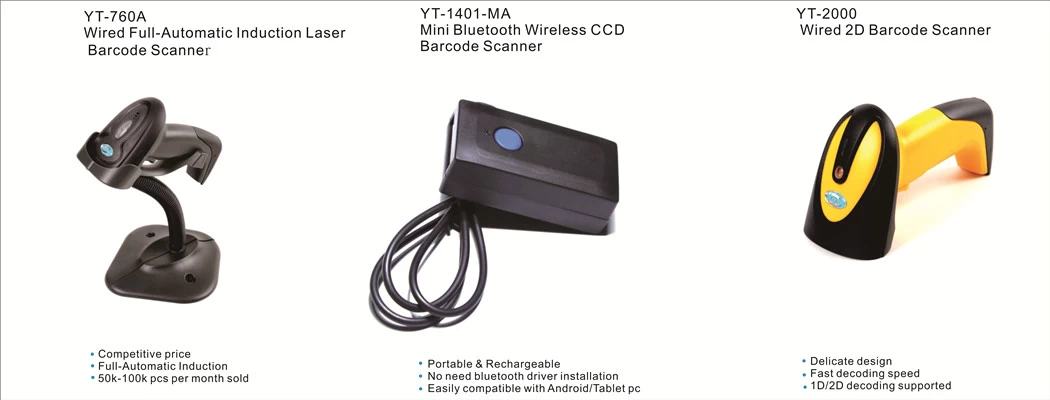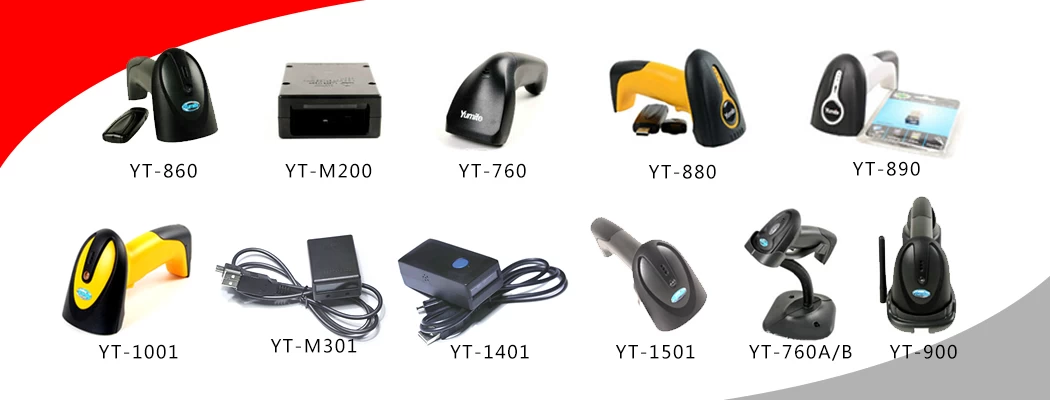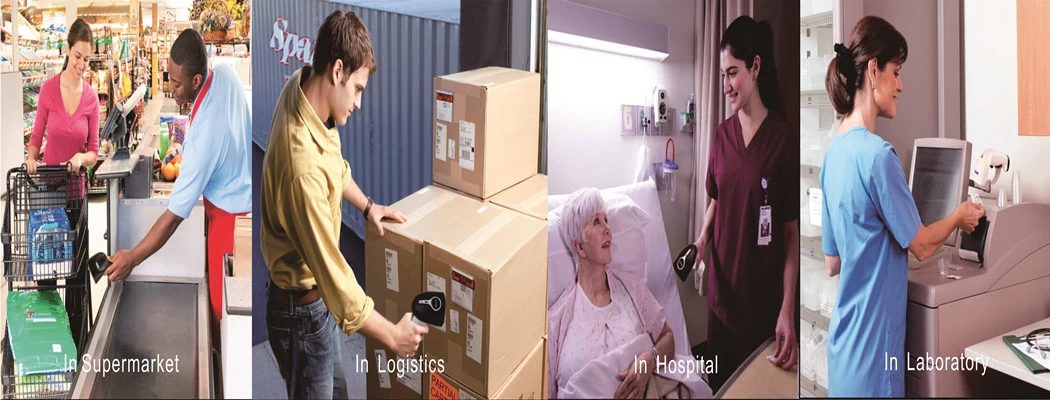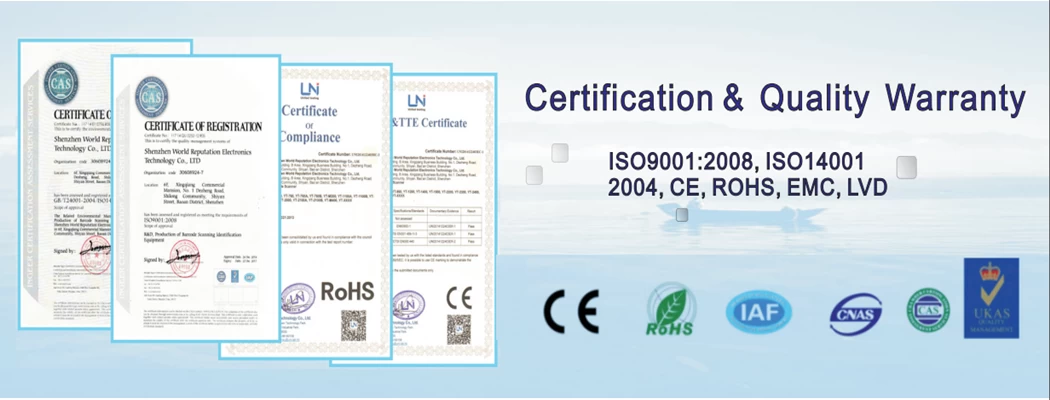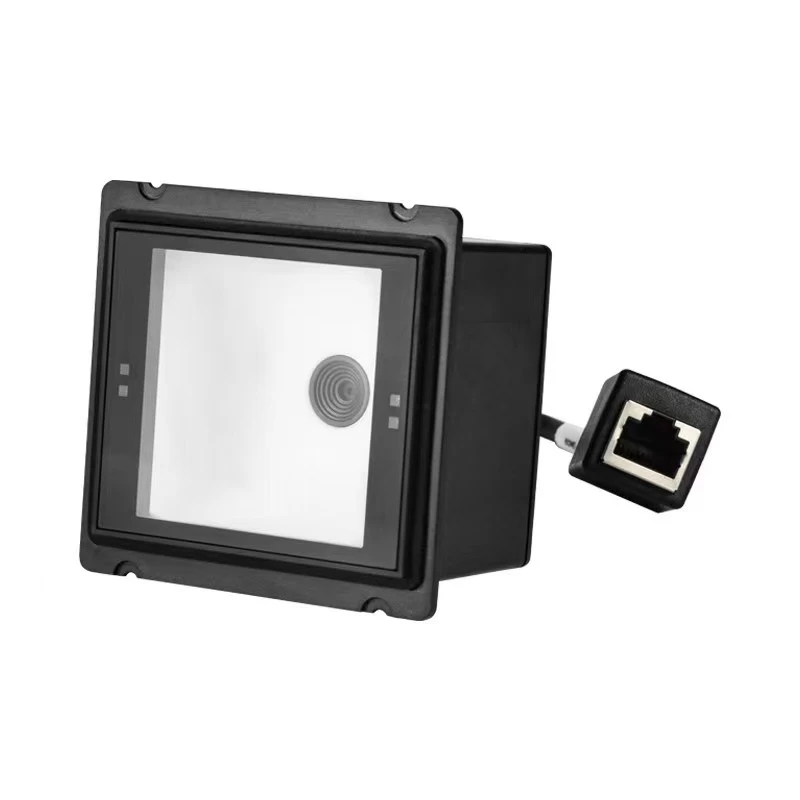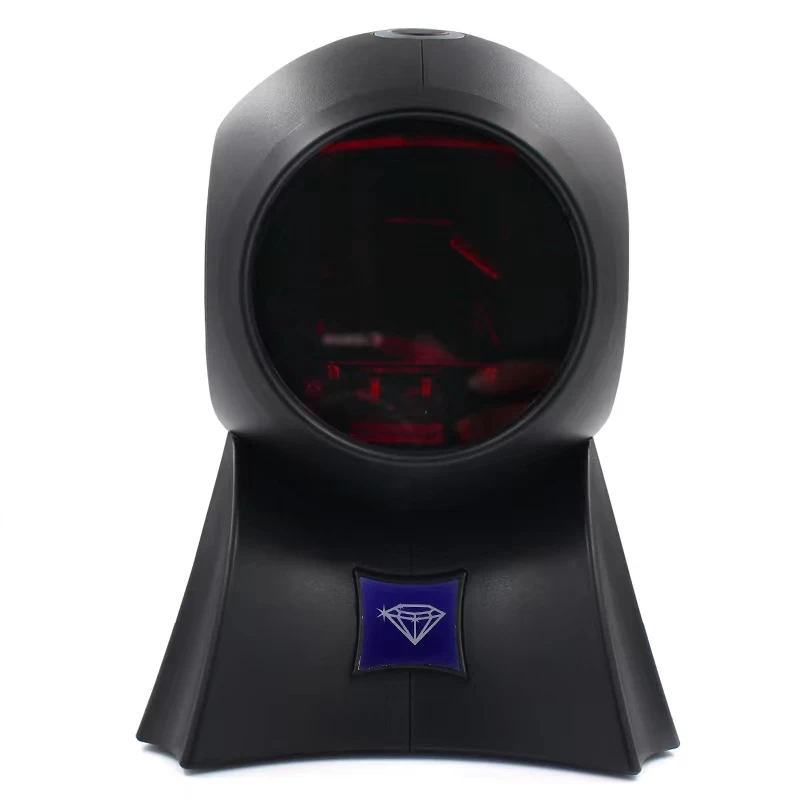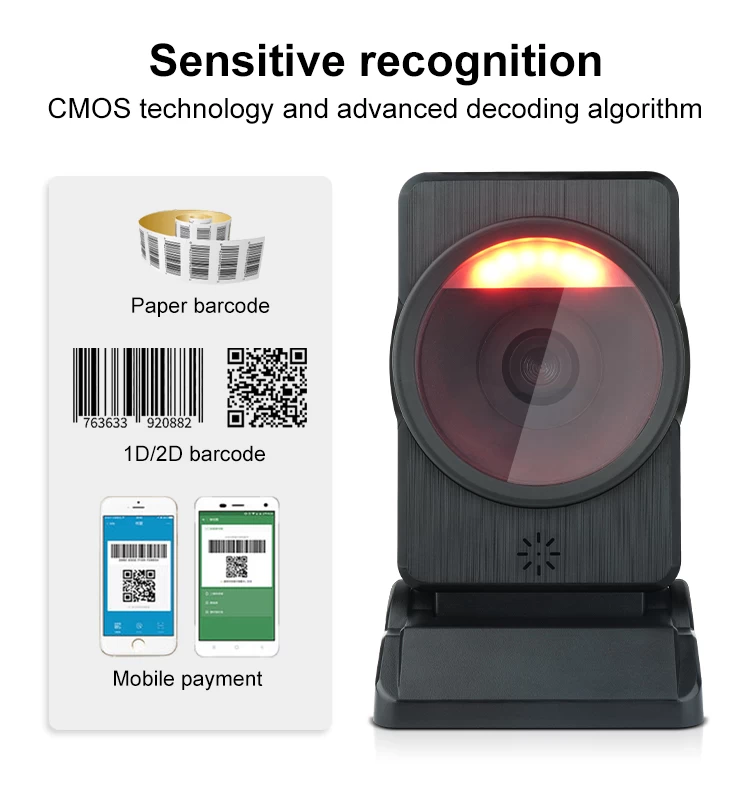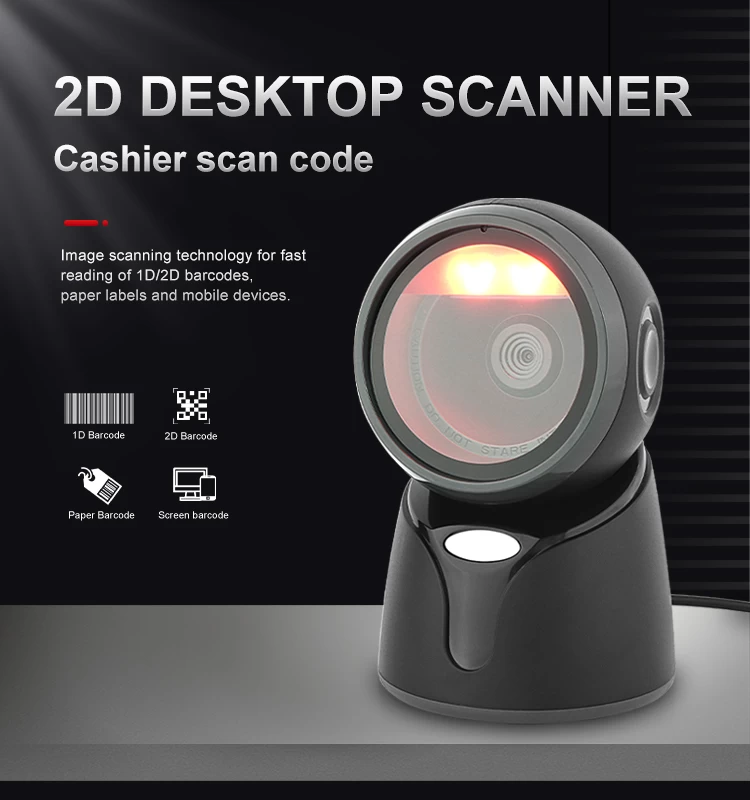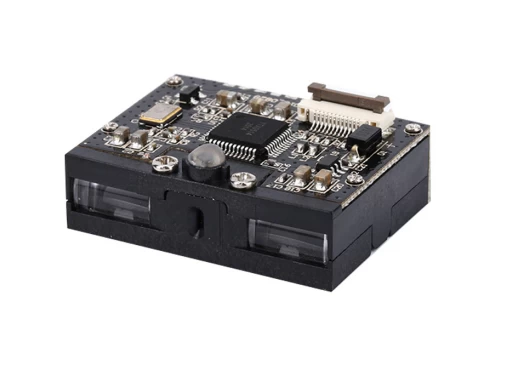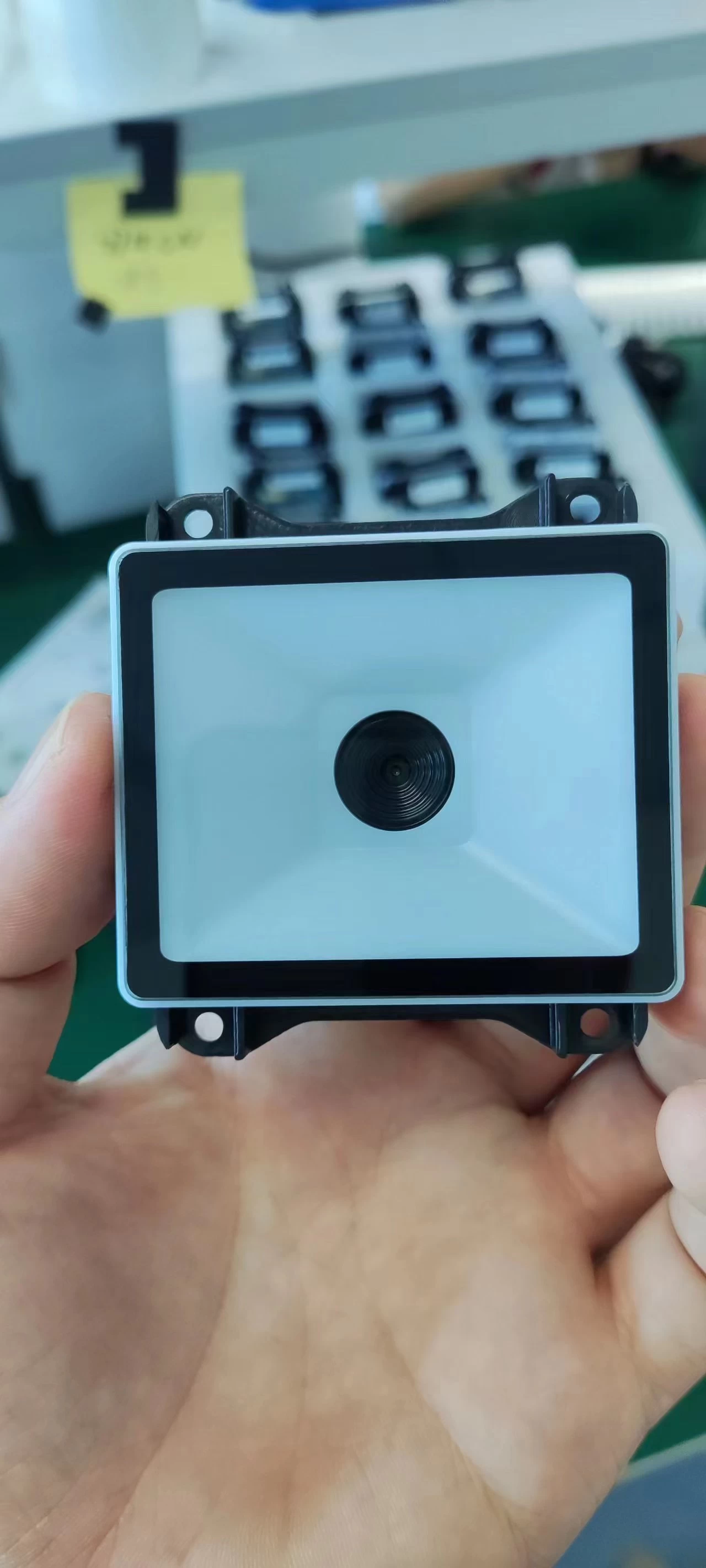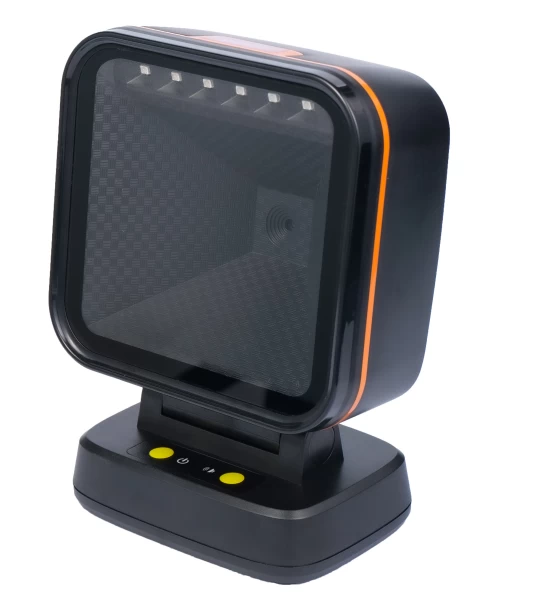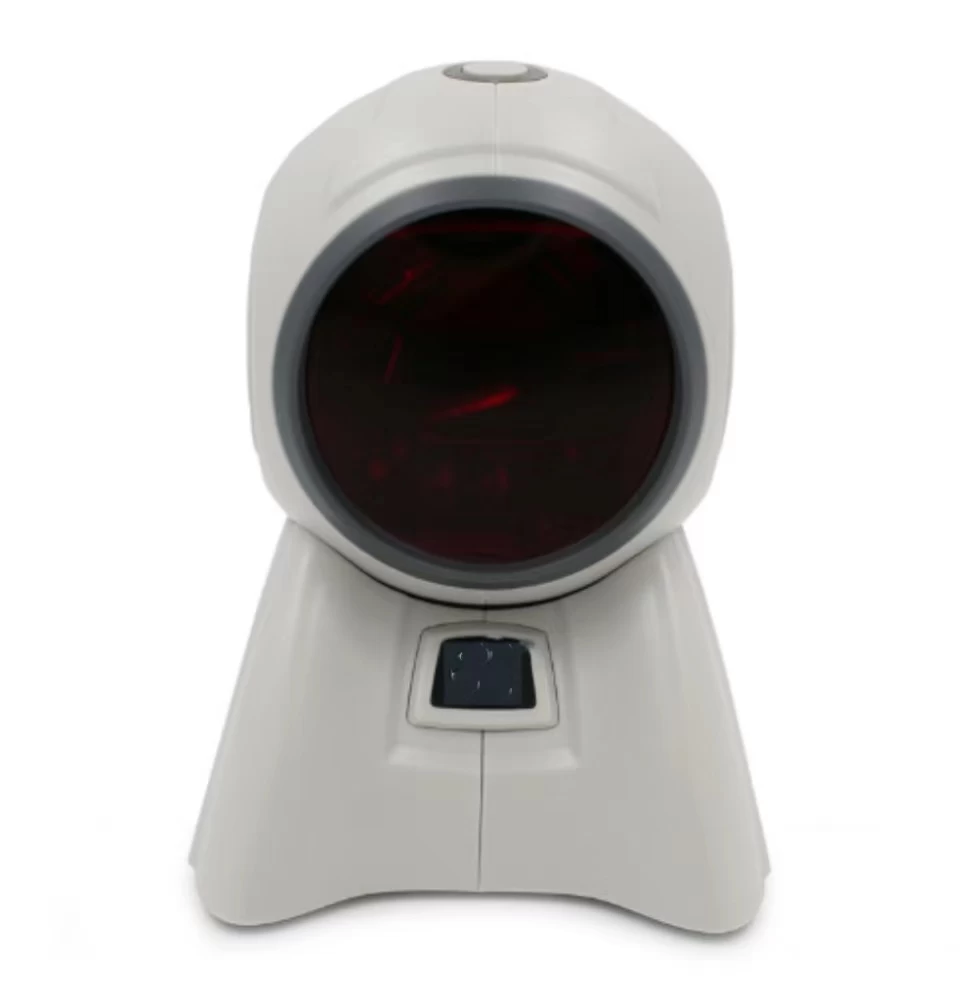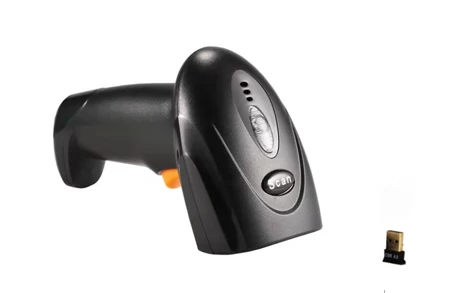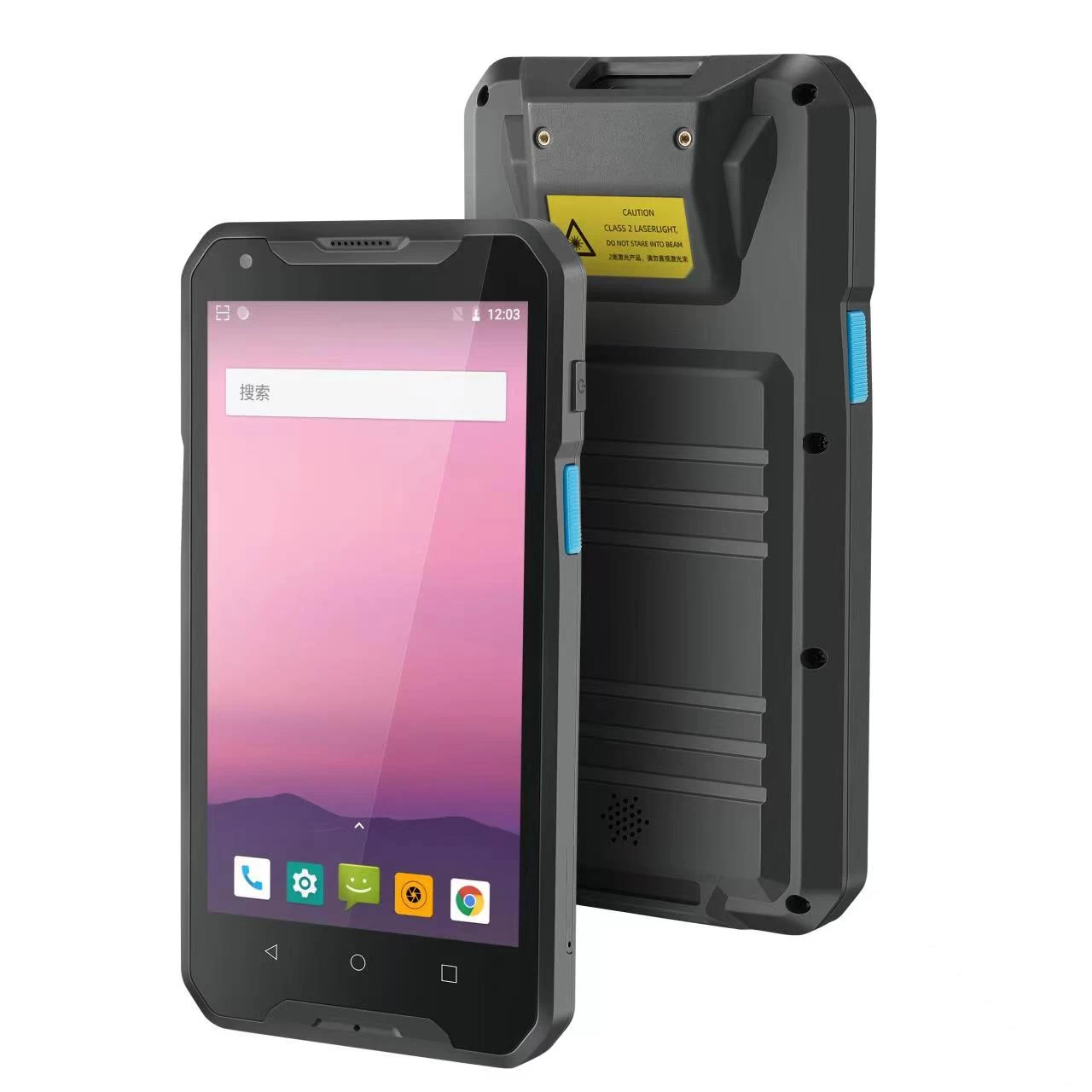Bar Code Scanner For Asset Tracking
Rick
Yumite
2015-10-12 17:54:29
Many government departments and offices are turning to bar code scanners to replace manual data entry. By utilizing bar code technology, a user can enter data nearly 20 times faster and do so about 20,000 times more accurately. These numbers can be extremely important when it comes to tracking valuable assets that are purchased with grants or assets that have a dollar value that determines that they must be tracked. In most cases, once a grant is provided, the government office or department is tasked with tracking each item purchased by the grant in order to create accurate documentation to stay in compliance. In many cases when an audit turns out to be incorrect, it can result in lost grant opportunities or money owed.
One example of a government-owned department needing assistance with asset tracking was the City of Dallas. The City of Dallas’ Department of Intergovernmental Services manages and oversees the purchase of Department of Homeland Security equipment for several operational units throughout the city, including the bomb squad, urban search and rescue team, SWAT, the DPD Intelligence Unit, the water department, and information technology. Collectively, these units own and operate approximately 4,500 assets, including armored vehicles, laptops, handheld police radios, mobile GPS systems, specialized equipment, and helicopter parts. These grant-funded assets are valued at more than $15 million. The department found that using a scanner to track assets made it easier to create reports, especially faced with an audit. They also experience extreme time-savings in man hours.
Below are six features to look for when choosing the best scanner to track grant funding:
Ease of use. Training staff to use new technology can be an expensive, time-consuming process. Many vendors offer live demonstrations or trials, for your customers to try the technology before they buy it. This is a great opportunity for the company to evaluate how easy a product will be for its employees to learn, while testing different technologies.
Integration with existing technology. There are two considerations here: as you will need to have integration with both current hardware and software. Avoid unexpected expenses by carefully reviewing the system requirements for the bar code scanning system you are considering. Ensure current solutions can support the scanner in question.
Symbology. There are many types of bar code symbologies that can be created and scanned. The most common are 1D bar codes — the bar codes that you see on everyday products. The other type of bar code fonts are the 2D codes such as the QR codes that you see on a lot of today’s marketing campaigns. Determining which bar code symbology your customer will be scanning will help determine the best scanner for their needs, as a 2D scanner is capable of both 1D and 2D scanning.
Connectivity. Helping your customer decide how to connect the scanner to PC or data collection device is one of the biggest decisions. Will they use a wireless option utilizing Bluetooth or radio frequency that allows information to be updated in real-time? Without the entrapment of cords, this type of bar code scanner allows you to move the scanner to the bar code tagged item instead of moving the bar code tagged items to the scanner. The other option that you can consider is a corded scanner that plugs into a computer via USB or PS2 port, as your customer scans assets for mandatory audits. Have users test each one to decide what is more efficient for them in the course of their daily tasks in order to select the right one.
Speed. Bar code scanners come with three different types of scan engines that affect the speed and scanning distance. Scanners with a laser scan engine typically can read the bar code information more quickly than CCD or imager scan technology. Scanning speed and distance tends to play a larger role if there is a large amount of information to scan into a database.
Size. Bar code scanners come in a range of sizes, from pocketsize to full-fledged desktop scanners. Depending on your customers’ needs, they may decide a pocket size scanner is more convenient as they walk around, scanning various assets. Furthermore, scanners that connect to a database wirelessly provide more freedom and flexibility, while ensuring your customers don’t have more equipment to lug around.
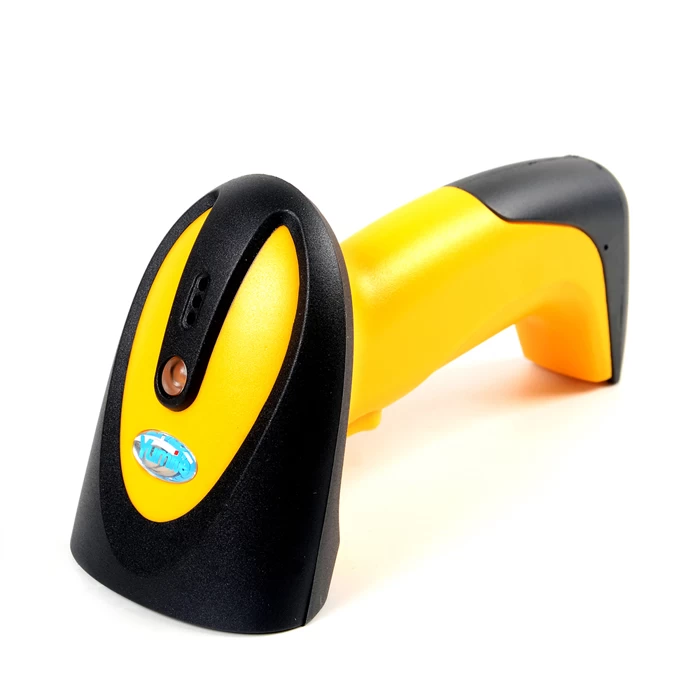
One example of a government-owned department needing assistance with asset tracking was the City of Dallas. The City of Dallas’ Department of Intergovernmental Services manages and oversees the purchase of Department of Homeland Security equipment for several operational units throughout the city, including the bomb squad, urban search and rescue team, SWAT, the DPD Intelligence Unit, the water department, and information technology. Collectively, these units own and operate approximately 4,500 assets, including armored vehicles, laptops, handheld police radios, mobile GPS systems, specialized equipment, and helicopter parts. These grant-funded assets are valued at more than $15 million. The department found that using a scanner to track assets made it easier to create reports, especially faced with an audit. They also experience extreme time-savings in man hours.
Below are six features to look for when choosing the best scanner to track grant funding:
Ease of use. Training staff to use new technology can be an expensive, time-consuming process. Many vendors offer live demonstrations or trials, for your customers to try the technology before they buy it. This is a great opportunity for the company to evaluate how easy a product will be for its employees to learn, while testing different technologies.
Integration with existing technology. There are two considerations here: as you will need to have integration with both current hardware and software. Avoid unexpected expenses by carefully reviewing the system requirements for the bar code scanning system you are considering. Ensure current solutions can support the scanner in question.
Symbology. There are many types of bar code symbologies that can be created and scanned. The most common are 1D bar codes — the bar codes that you see on everyday products. The other type of bar code fonts are the 2D codes such as the QR codes that you see on a lot of today’s marketing campaigns. Determining which bar code symbology your customer will be scanning will help determine the best scanner for their needs, as a 2D scanner is capable of both 1D and 2D scanning.
Connectivity. Helping your customer decide how to connect the scanner to PC or data collection device is one of the biggest decisions. Will they use a wireless option utilizing Bluetooth or radio frequency that allows information to be updated in real-time? Without the entrapment of cords, this type of bar code scanner allows you to move the scanner to the bar code tagged item instead of moving the bar code tagged items to the scanner. The other option that you can consider is a corded scanner that plugs into a computer via USB or PS2 port, as your customer scans assets for mandatory audits. Have users test each one to decide what is more efficient for them in the course of their daily tasks in order to select the right one.
Speed. Bar code scanners come with three different types of scan engines that affect the speed and scanning distance. Scanners with a laser scan engine typically can read the bar code information more quickly than CCD or imager scan technology. Scanning speed and distance tends to play a larger role if there is a large amount of information to scan into a database.
Size. Bar code scanners come in a range of sizes, from pocketsize to full-fledged desktop scanners. Depending on your customers’ needs, they may decide a pocket size scanner is more convenient as they walk around, scanning various assets. Furthermore, scanners that connect to a database wirelessly provide more freedom and flexibility, while ensuring your customers don’t have more equipment to lug around.


